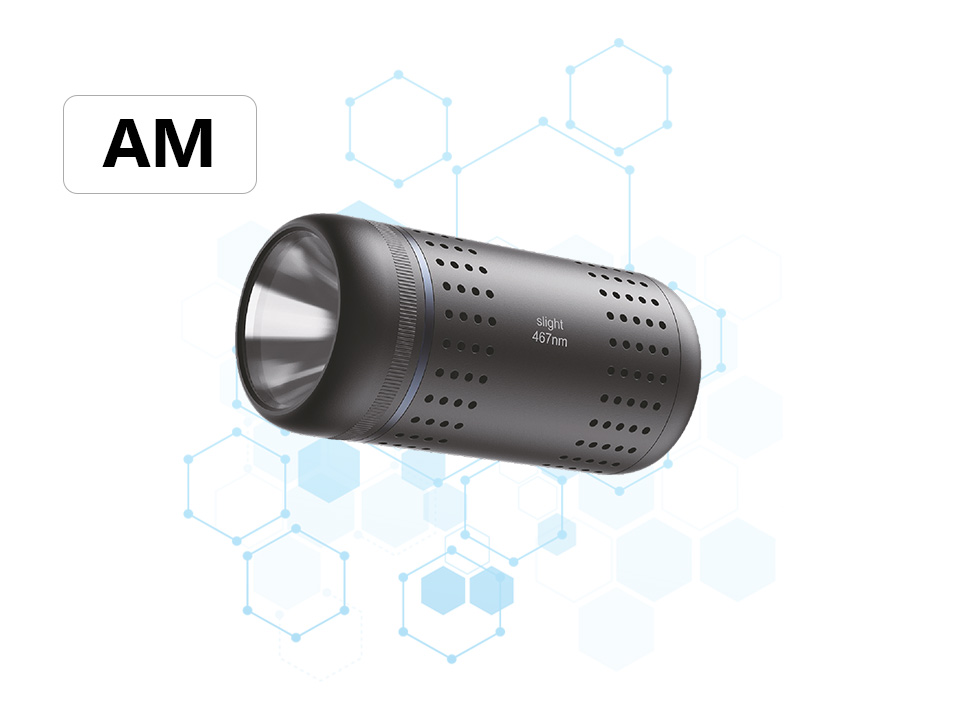Characteristics and advantages of LED parallel photoreactor
The LED collimated light reaction apparatus is a professional device that utilizes LED light sources to generate collimated light beams, serving various fields such as photochemical reactions, photocatalysis research, and material surface treatment.
Its characteristics and advantages are mainly reflected in the following aspects:
I. Core Characteristics
Highly Collimated Beam
Through precise optical design (e.g., collimating lenses, reflective mirrors), the LED light source is adjusted into a highly collimated beam. This ensures uniform coverage of light energy over the reaction area, minimizing energy loss.
It is suitable for experiments requiring precise control of the light irradiation angle and range, such as photocatalytic reactions and research on photochromic materials.
Monochromatic/Narrow - Bandwidth Output
LED light sources possess inherent monochromaticity and can emit light of specific wavelengths (e.g., ultraviolet, visible light, near - infrared), avoiding the wide - spectrum interference of traditional light sources (e.g., xenon lamps, mercury lamps).
They support wavelength - tunable functions (through the combination of multi - wavelength LEDs or filter switching) to meet different experimental requirements.
High Light Intensity and Uniformity
The LED array design enables high - power density output, with light intensity reaching hundreds of mW/cm² or even higher, meeting the needs of rapid reactions.
The light spot exhibits excellent uniformity, preventing issues such as local overheating or uneven reactions.
Modularity and Expandability
Modules such as the light source, reaction chamber, and temperature control system are independently designed, facilitating flexible combination or upgrading according to experimental requirements.
It supports multi - channel parallel experiments, enhancing throughput.
II. Significant Advantages
Energy Efficiency
LEDs have a high photoelectric conversion efficiency (up to 30% - 50%), significantly higher than that of traditional light sources (e.g., mercury lamps at only 5% - 10%), resulting in substantial energy savings.
Their cold - light source characteristic reduces heat generation, minimizing thermal interference with the reaction system, especially suitable for thermally sensitive reactions.
Long Lifespan and Low Maintenance
LEDs typically have a lifespan exceeding 50,000 hours, more than 10 times that of traditional light sources, reducing replacement frequency and costs.
They contain no mercury or other harmful substances, making them environmentally friendly and eliminating the need for special disposal of used lamp tubes.
Rapid Response and Precise Control
LEDs can achieve millisecond - level on - off response, enabling pulse - light experiments.
Combined with an intelligent control system, they allow precise adjustment of parameters such as light intensity, wavelength, and irradiation time, facilitating automated experimental processes.





